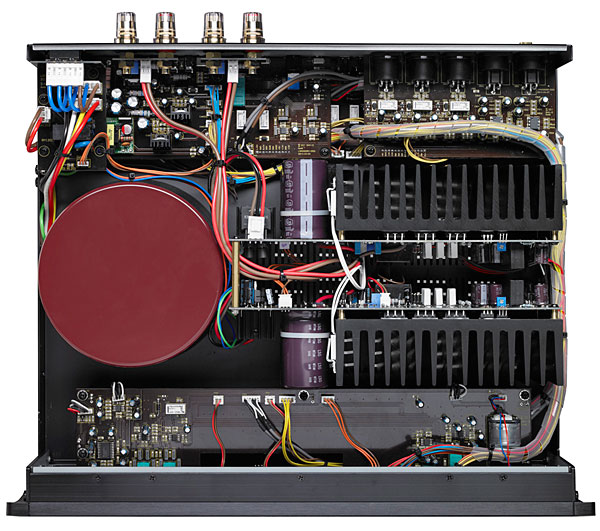| Columns Retired Columns & Blogs |
Herb, I think you may have been given bad info somewhere along the line. Your Burson does not use a TI chip for the headphone out. In fact Burson is very anti-opamp, and has been pushing that agenda for some time. I believe the Halo integrated uses the same headphone stage as Parasound's Zdac v2 incorporating a TI TPA6130a2 chip. Other than that, a very enjoyable write up.









































